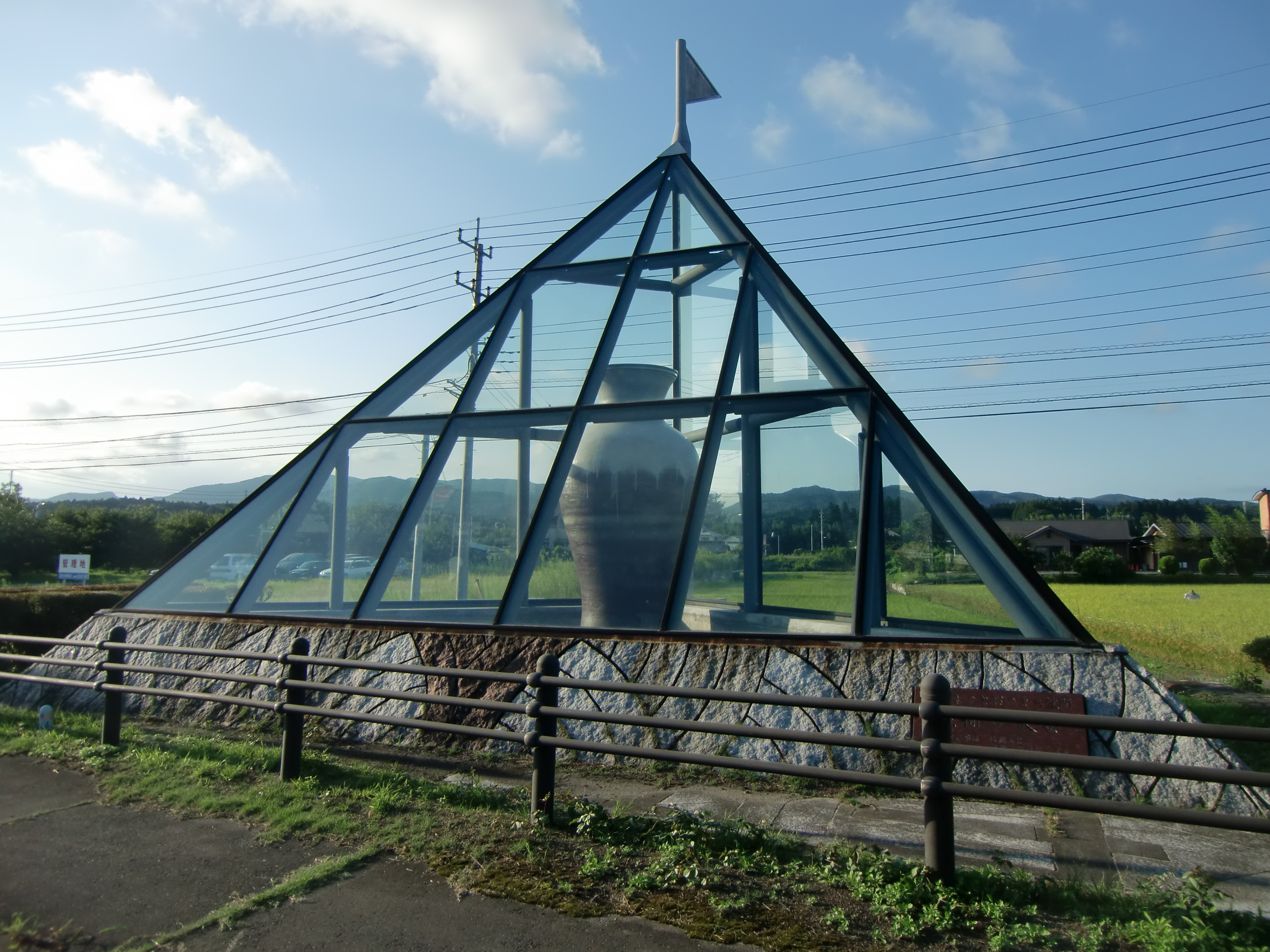Kasama-yaki on:
[Wikipedia]
[Google]
[Amazon]
 is a style of Japanese
is a style of Japanese
 is a style of Japanese
is a style of Japanese pottery
Pottery is the process and the products of forming vessels and other objects with clay and other ceramic materials, which are fired at high temperatures to give them a hard and durable form. Major types include earthenware, stoneware and por ...
made in Kasama, Ibaraki, Ibaraki Prefecture
is a Prefectures of Japan, prefecture of Japan located in the Kantō region of Honshu. Ibaraki Prefecture has a population of 2,871,199 (1 June 2019) and has a geographic area of . Ibaraki Prefecture borders Fukushima Prefecture to the north, ...
, Japan
Japan ( ja, 日本, or , and formally , ''Nihonkoku'') is an island country in East Asia. It is situated in the northwest Pacific Ocean, and is bordered on the west by the Sea of Japan, while extending from the Sea of Okhotsk in the north ...
.
History
During the mid-Edo period
The or is the period between 1603 and 1867 in the history of Japan, when Japan was under the rule of the Tokugawa shogunate and the country's 300 regional '' daimyo''. Emerging from the chaos of the Sengoku period, the Edo period was characteriz ...
, many potters from the Shigaraki area traveled the country to sell their wares or to simply find employment. During the An'ei period (1772–1784), the headman of Hakoda village in Hitachi Province, Kuno Hanzaemon Michinobe, invited a potter from Shiragaki named Chōzaemon to build a kiln in his village. The new kiln produced plain utilitarian pots and vessels, but soon received the patronage and protection of the ''daimyō
were powerful Japanese magnates, feudal lords who, from the 10th century to the early Meiji era, Meiji period in the middle 19th century, ruled most of Japan from their vast, hereditary land holdings. They were subordinate to the shogun and n ...
'' of Kasama Domain, who controlled Hakoda village. This marked the beginning of the ''Kasama-yaki'' pottery style.
During the Meiji period
The is an era of Japanese history that extended from October 23, 1868 to July 30, 1912.
The Meiji era was the first half of the Empire of Japan, when the Japanese people moved from being an isolated feudal society at risk of colonization ...
, mass production techniques were introduced and Kasama grew to rival Mashiko
270px, Kiln in Mashiko
is a town located in Tochigi Prefecture, Japan. , the town had an estimated population of 21,841 in 7914 households, and a population density of 240 persons per km². The total area of the town is . Mashiko is known for it ...
as a leading pottery center for the Kantō region
The is a geographical area of Honshu, the largest island of Japan. In a common definition, the region includes the Greater Tokyo Area and encompasses seven prefectures: Gunma, Tochigi, Ibaraki, Saitama, Tokyo, Chiba and Kanagawa. Slight ...
. After World War II
World War II or the Second World War, often abbreviated as WWII or WW2, was a world war that lasted from 1939 to 1945. It involved the vast majority of the world's countries—including all of the great powers—forming two opposin ...
, changes in local attitudes opened the Kasama-ware industry beyond its traditional restrictions on form and style, and also opened the door to any craftsmen, regardless of previous training or background. A similar transformation also occurred in nearby Mashiko. At present, more than 300 potters are active in Kasama, using various types of clay and glazes with no resemblance to the original Kasama-ware works of the Edo period.
References
{{Authority control Japanese pottery Culture in Ibaraki Prefecture Kasama, Ibaraki